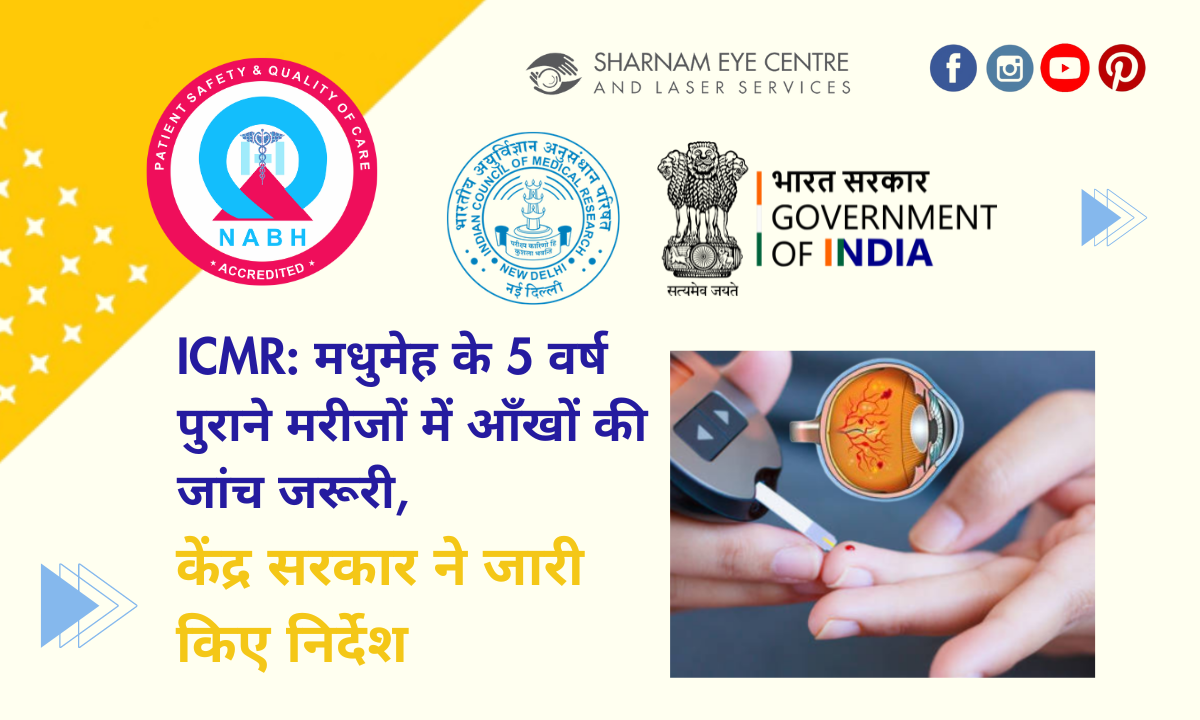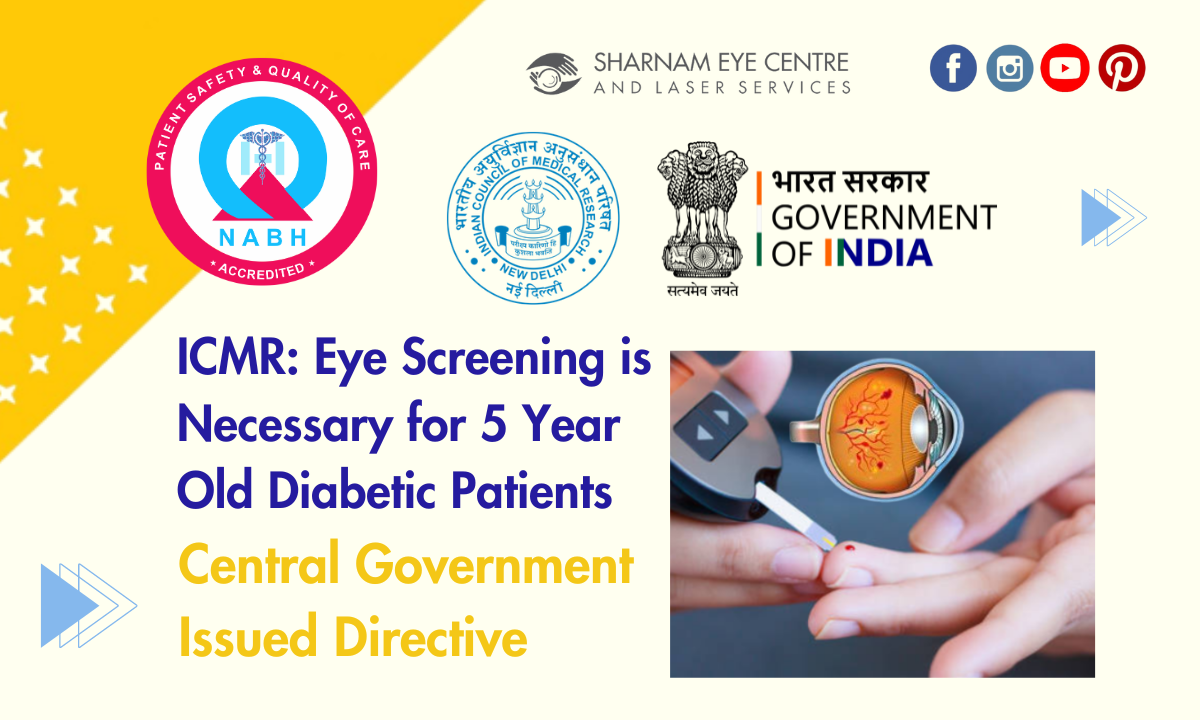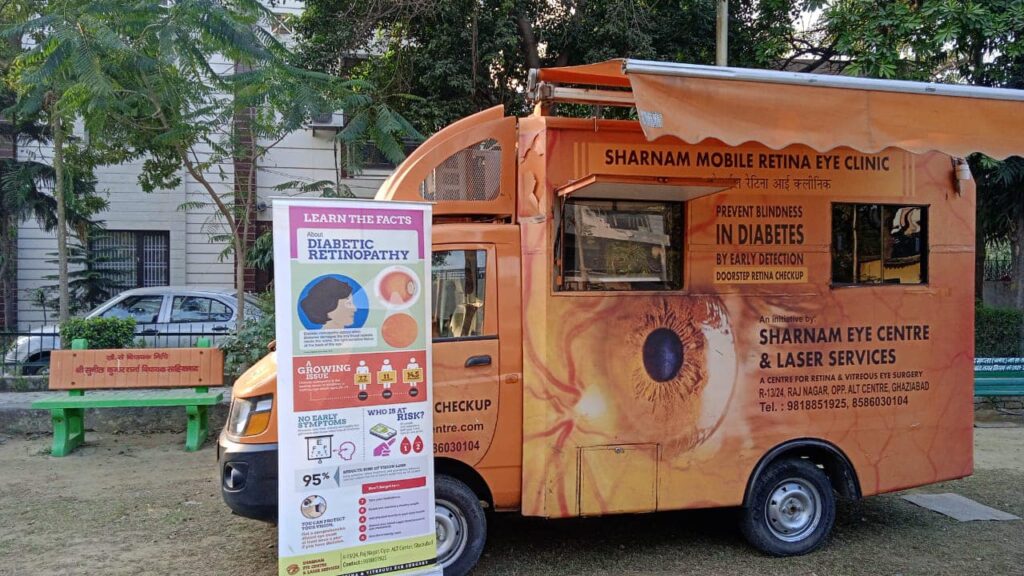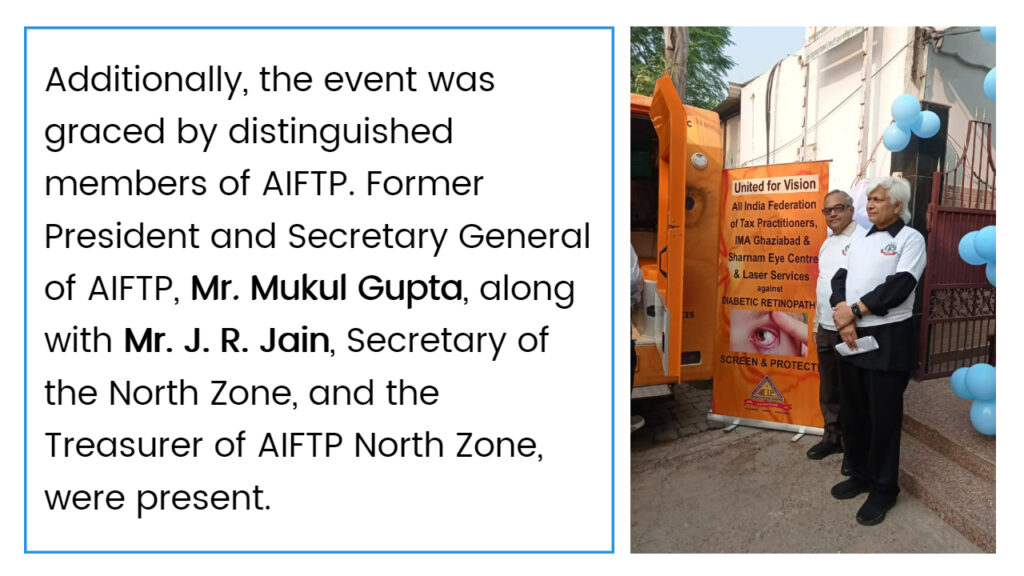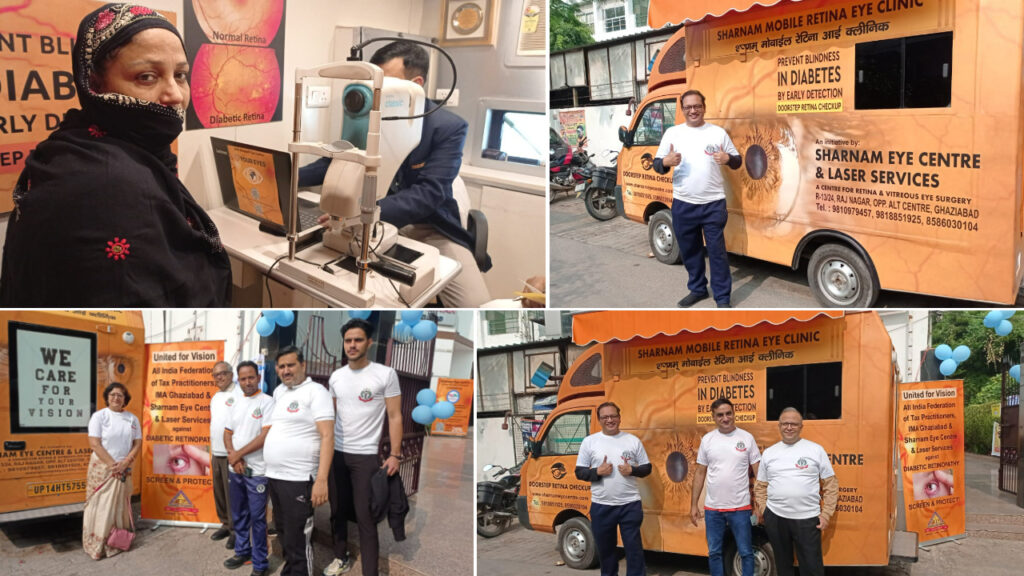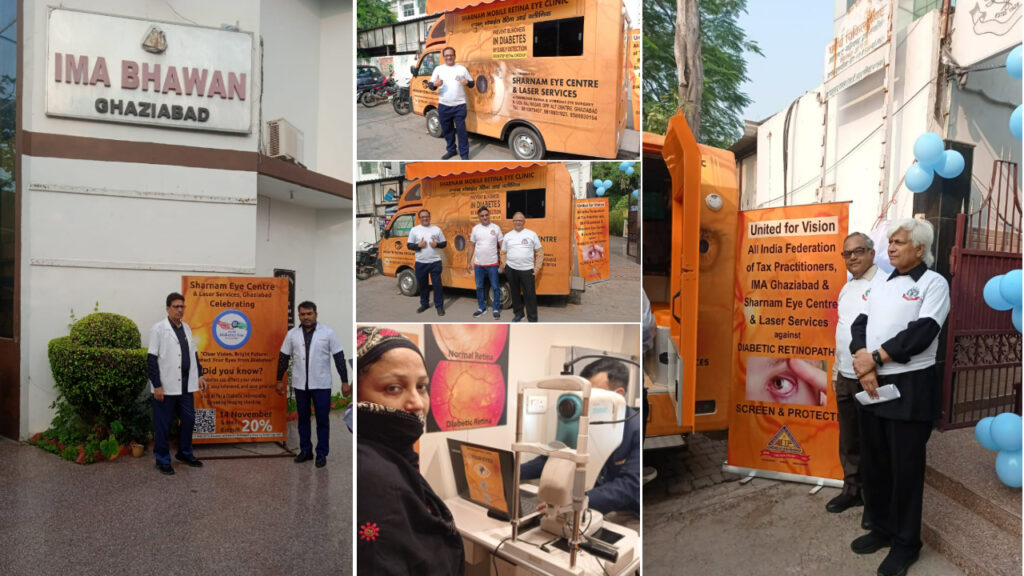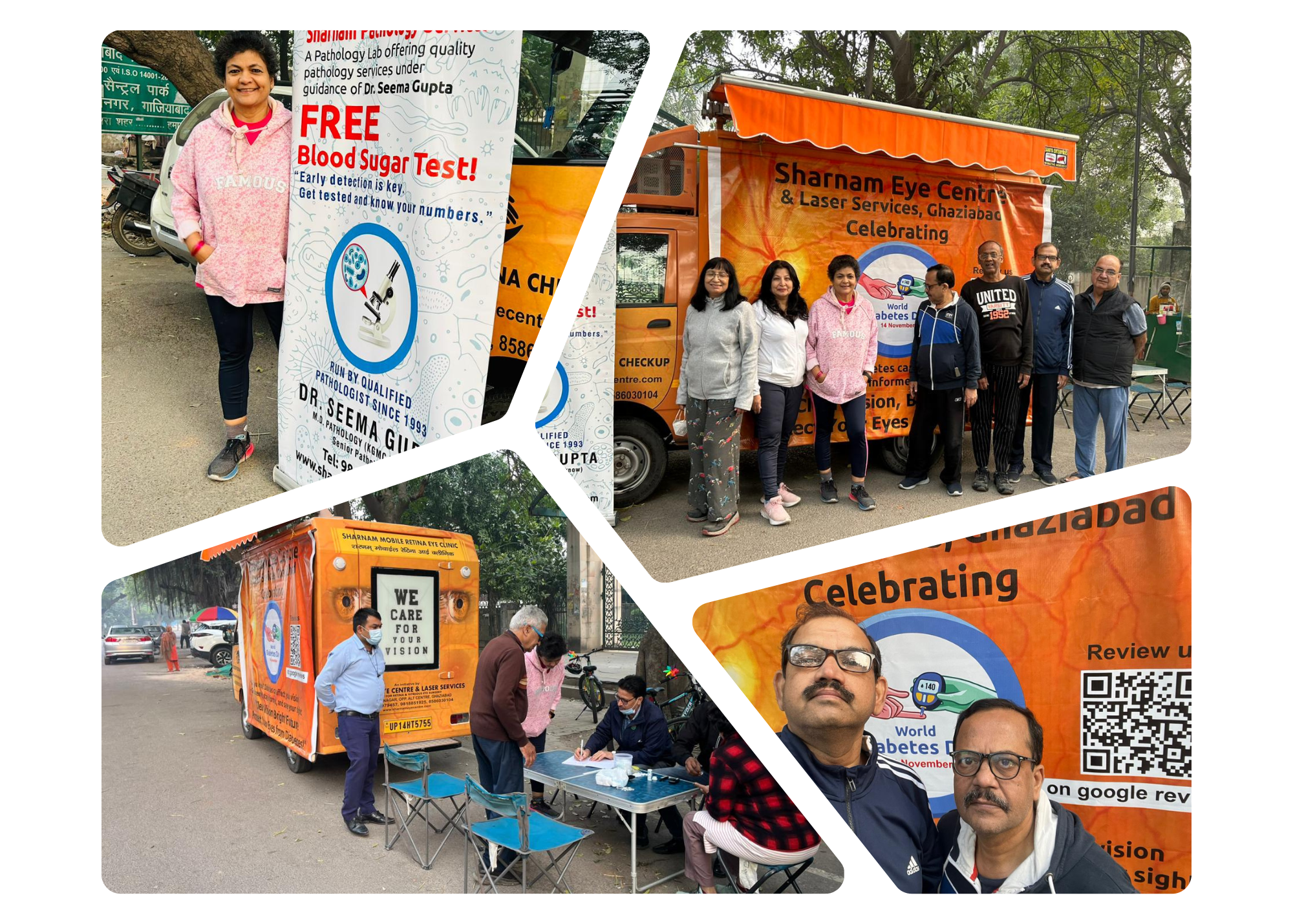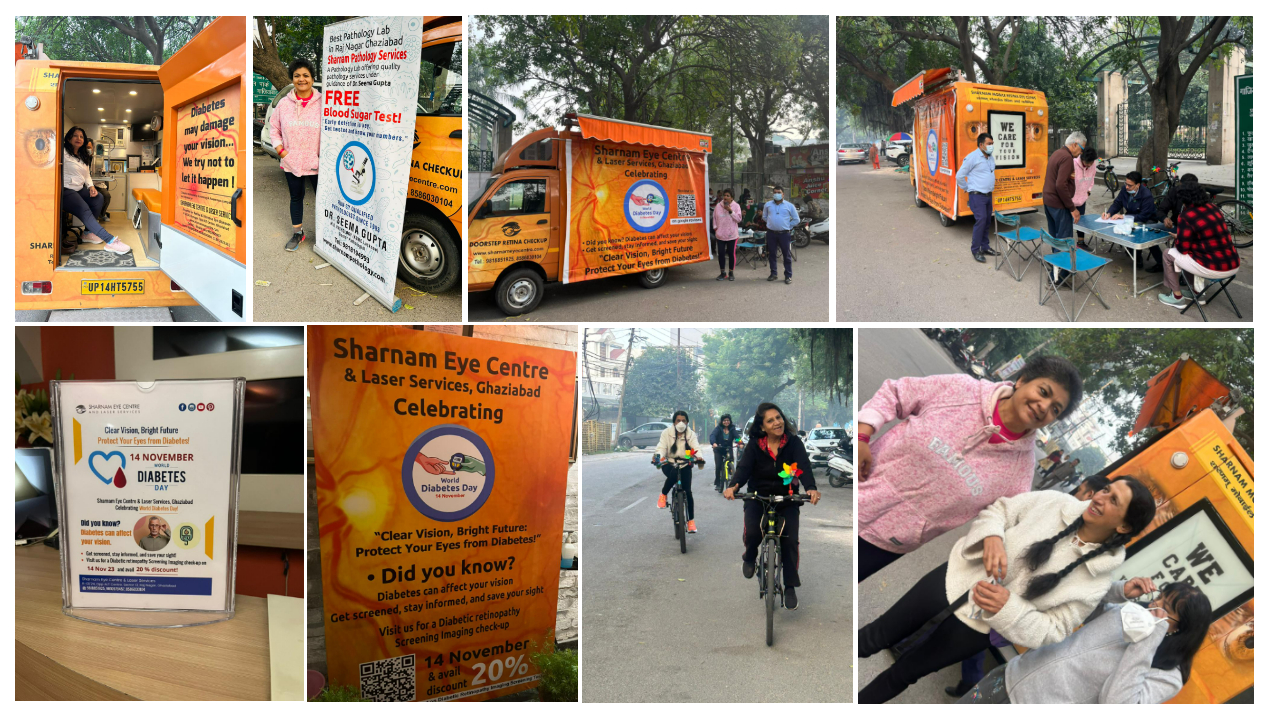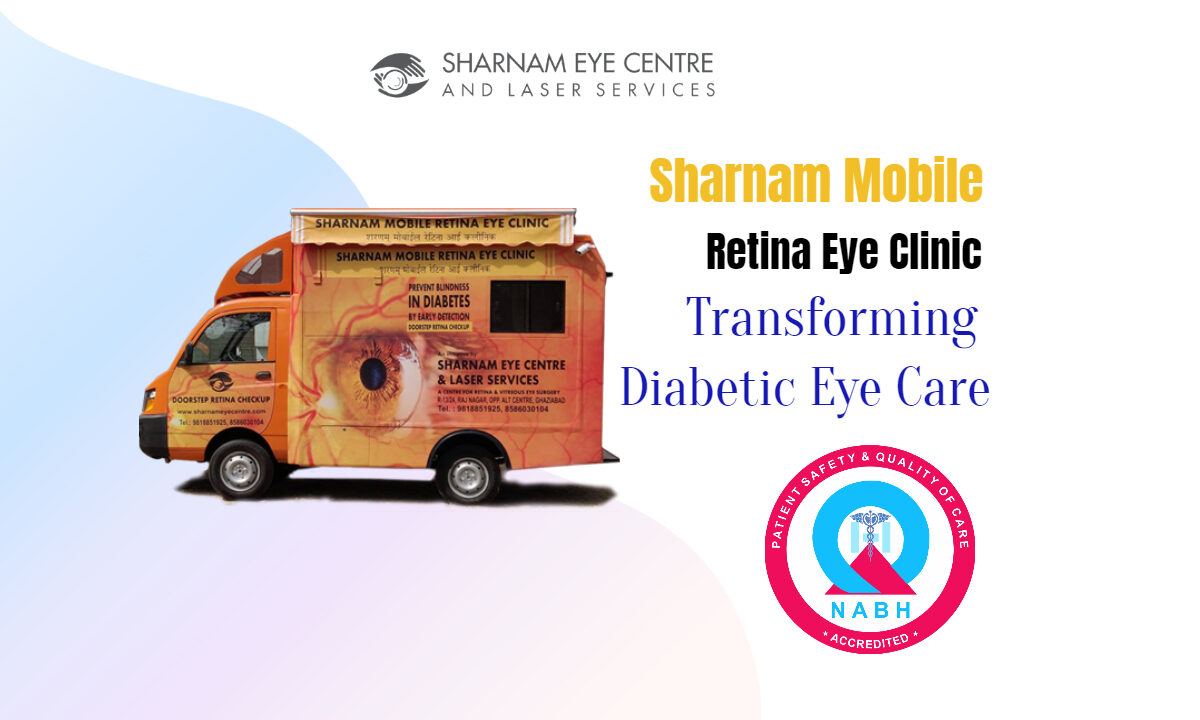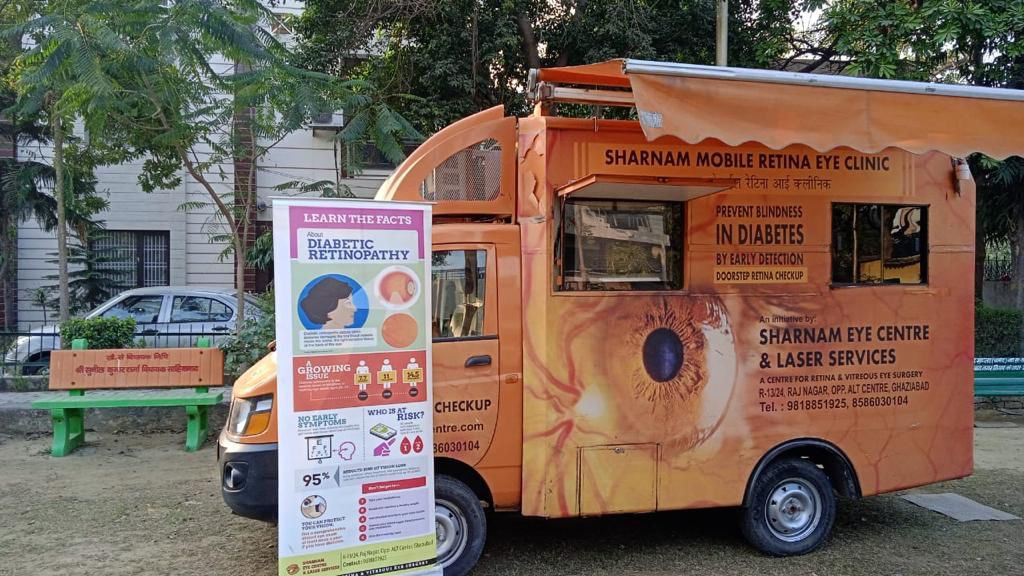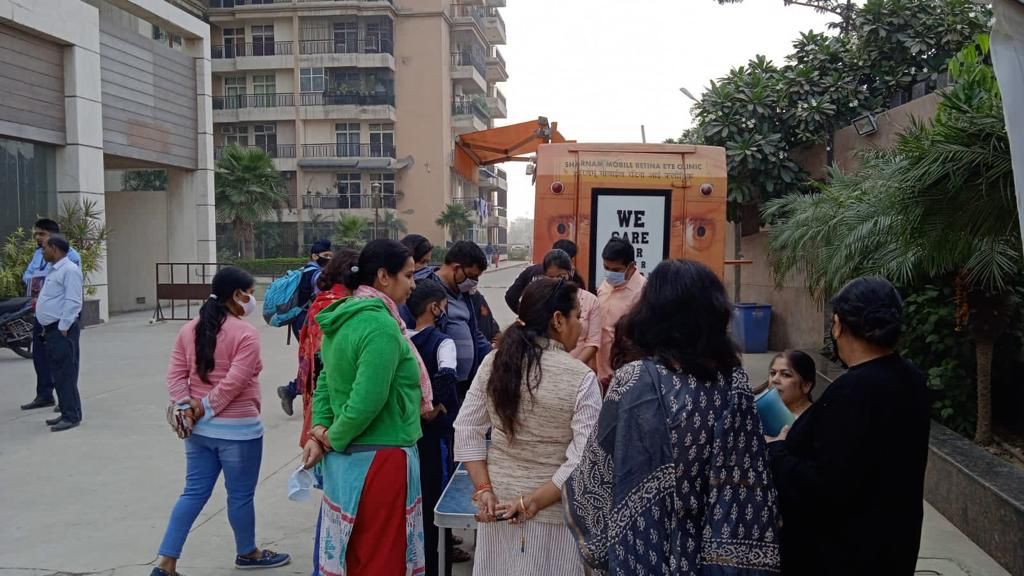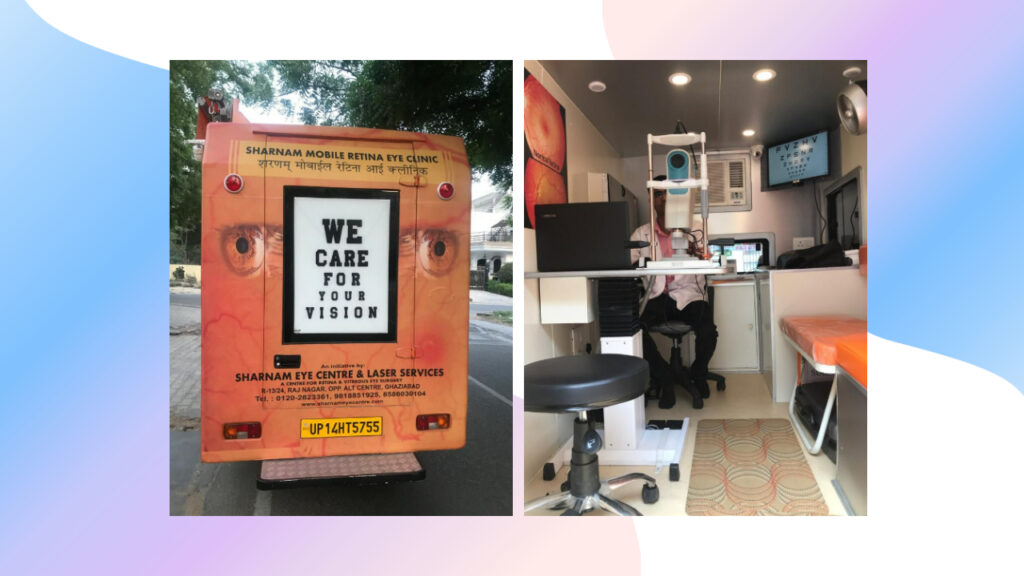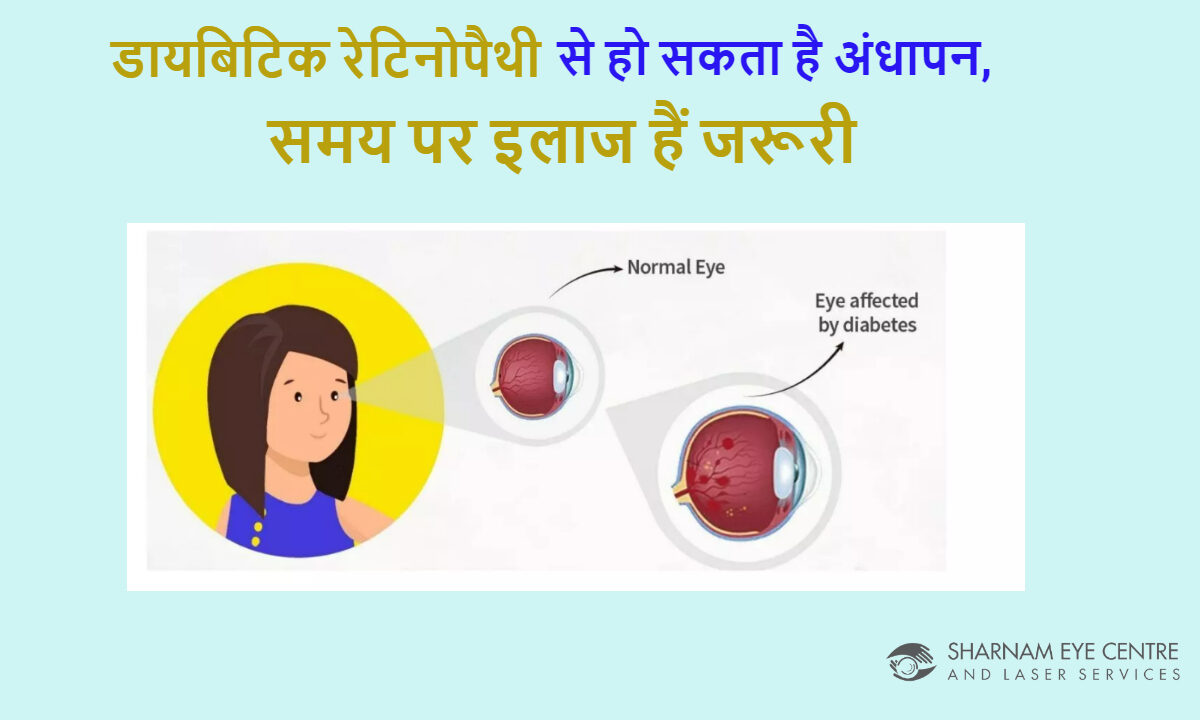Top 10 FAQ for Diabetic Retinopathy – Understanding Diabetic Retinopathy: Symptoms, Risks, and Treatments – A Comprehensive Guide
1. What is diabetic retinopathy?
Diabetic retinopathy is a diabetes complication that affects the eyes. It’s caused by damage to the blood vessels of the light-sensitive tissue at the back of the eye (retina).
2. What are the symptoms of diabetic retinopathy?
In the early stages, diabetic retinopathy may cause no symptoms or only mild vision problems. Eventually, it can cause blindness. Symptoms may include spots or dark strings floating in your vision (floaters), blurred vision, fluctuating vision, dark or empty areas in your vision, and vision loss.
3. Who is at risk for diabetic retinopathy?
Anyone with type 1 or type 2 diabetes can develop this condition, especially if they have had diabetes for a long time, have poorly controlled blood sugar, high blood pressure, high cholesterol, or are pregnant.
4. How is diabetic retinopathy diagnosed?
It’s diagnosed during an eye examination that includes visual acuity testing, dilating the eyes to examine the retina and optic nerve, and possibly fluorescein angiography or optical coherence tomography (OCT).
5. Can diabetic retinopathy be prevented?
Managing your diabetes is the best way to lower your risk. This includes controlling your blood sugar level, blood pressure, and cholesterol, along with regular diabetes and eye check-ups.
6. What are the treatments for diabetic retinopathy?
Treatment, which can’t cure diabetic retinopathy, often slows or stops the progression of the condition. Treatments may include laser treatment, injection of corticosteroids or anti-VEGF medication into the eye, and vitrectomy surgery.
7. Is laser treatment for diabetic retinopathy painful?
Most patients experience little to no discomfort during laser treatment. You may feel a sharp prick or a sensation of pressure in the eye. The eye is usually numbed before treatment.
8. What are the side effects of treatments for diabetic retinopathy?
Side effects can include bleeding in the eye, increased pressure in the eye, pain or discomfort in the eye, and temporary or permanent loss of vision.
9. How often should someone with diabetes get an eye exam?
If you have diabetes, it’s recommended to have a comprehensive dilated eye exam at least once a year. More frequent medical eye exams may be necessary if you have diabetic retinopathy or if your eye doctor advises it.
10. Can vision loss from diabetic retinopathy be reversed?
Unfortunately, loss of vision from diabetic retinopathy is often irreversible. However, early detection and treatment can significantly reduce the risk of blindness and can sometimes restore vision that has been lost.
Disclaimer: This content is for informational purposes only and should not replace professional medical advice, diagnosis, or treatment.
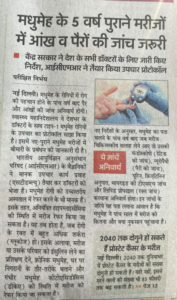 भारतीय आयुर्विज्ञान अनुसंधान परिषद (आईसीएमआर) के वैज्ञानिकों ने मानक उपचार कार्य प्रवाह (एसटीडब्ल्यू) तैयार कर डॉक्टरों को भेजा है। मधुमेह रोगी को उच्चस्तरीय अस्पताल में रेफर करने के भी मानक हैं।
भारतीय आयुर्विज्ञान अनुसंधान परिषद (आईसीएमआर) के वैज्ञानिकों ने मानक उपचार कार्य प्रवाह (एसटीडब्ल्यू) तैयार कर डॉक्टरों को भेजा है। मधुमेह रोगी को उच्चस्तरीय अस्पताल में रेफर करने के भी मानक हैं।

